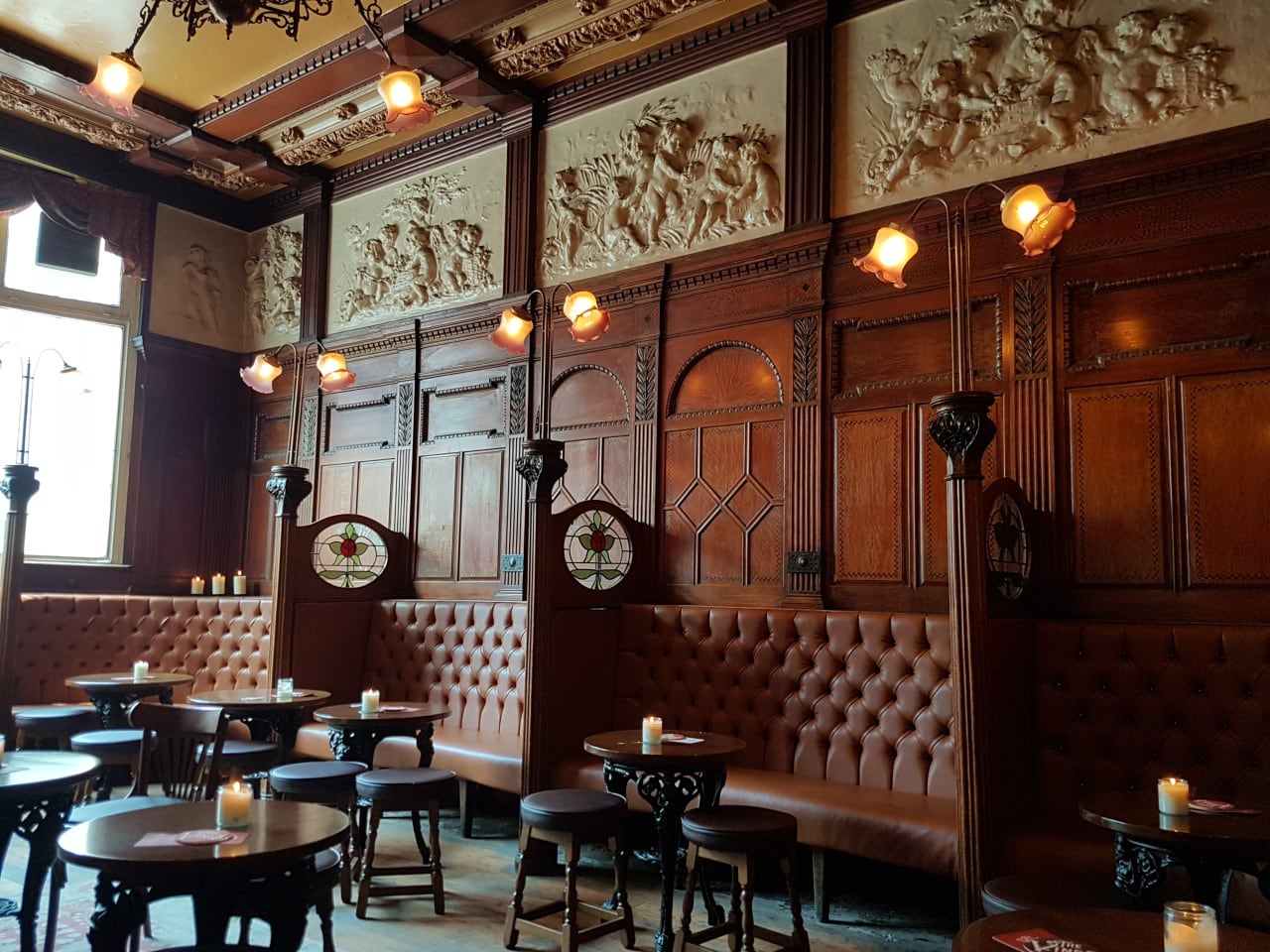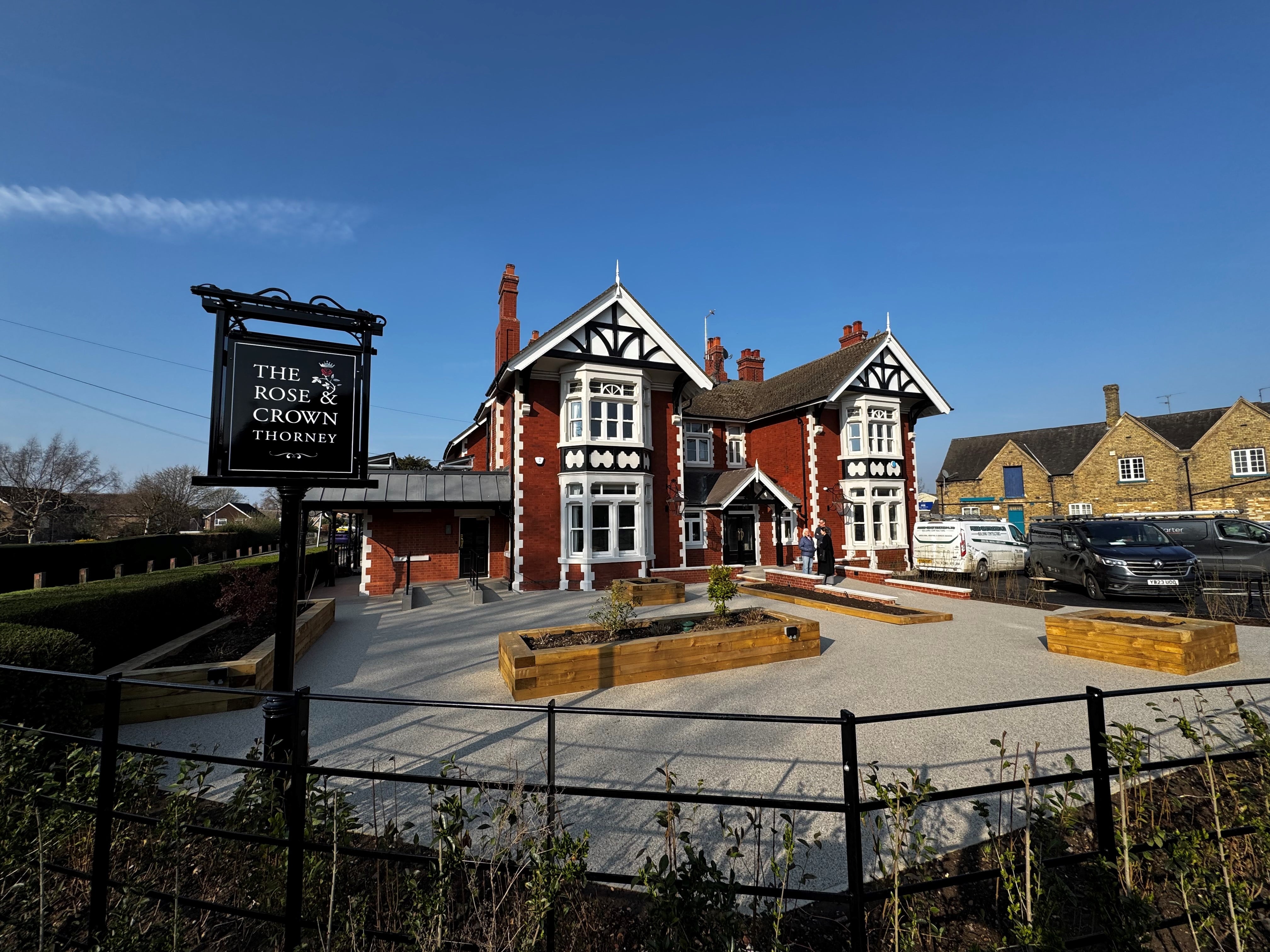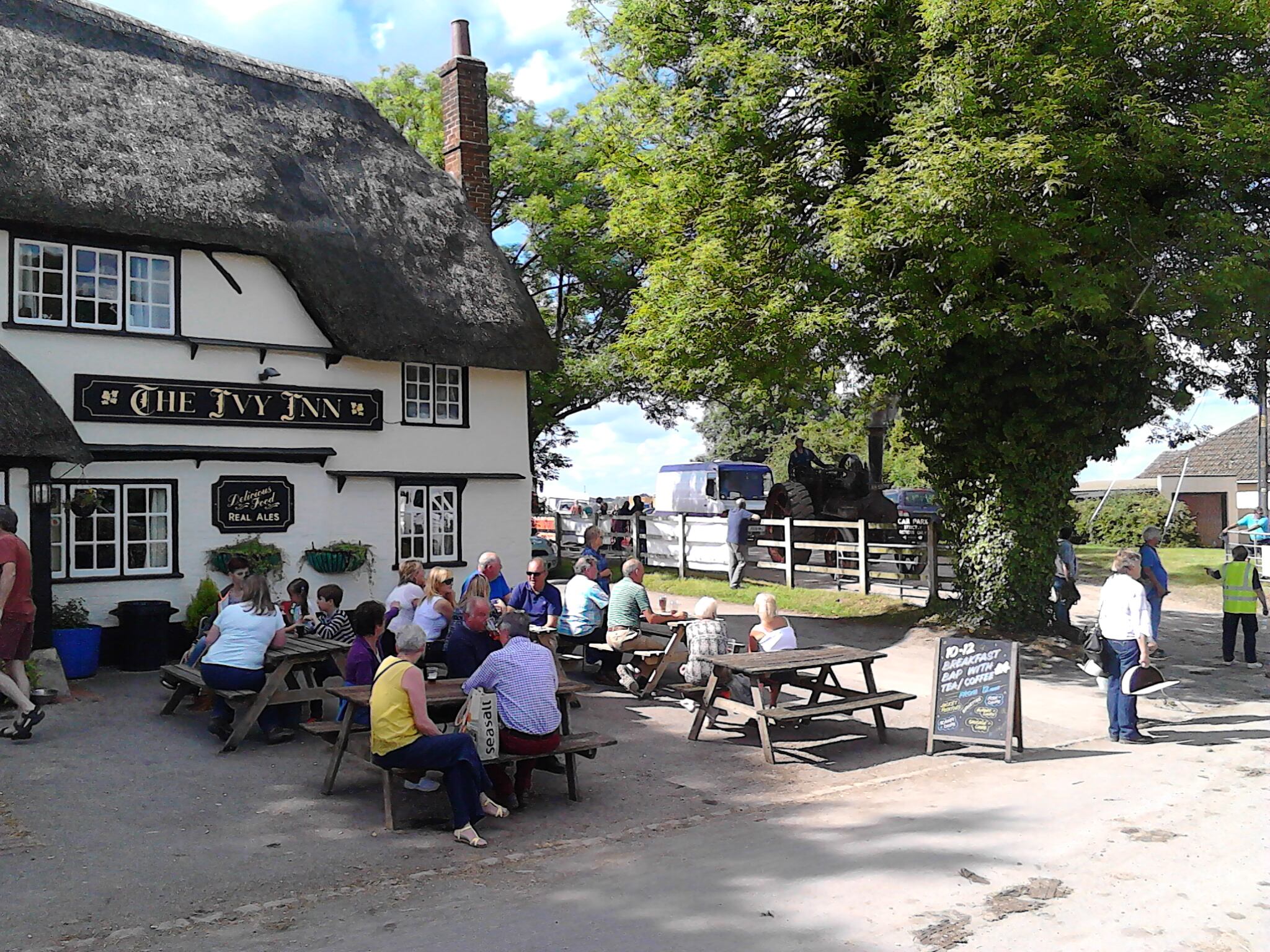Between December 2024 to March 2025 venue numbers rose by 0.3%, 0.1% and 0.2% respectively.
The report showed that there were 17,990 community pubs, 11,279 food pubs and 6,139 high street pubs in March 2025.
The report described the pub numbers as “welcome solidity” after a long run of closures but concerns were raised about the significant new costs which may jeopardise stability.
The data also showed that while the last quarter saw a rise in the number of sites, there was a different picture looking back over a longer period.
Over the year from March 2024 to March 2025 there was an increase in community pubs of 0.5% but this was dramatically down from figures compared to March 2020 (a drop of 12%) when the Covid pandemic hit.
High street pubs saw an increase in venues between March 2024 to March 2025 by 4.5% but this was down overall on March 2020 (a 7.8% decrease). Meanwhile food pubs saw numbers drop by 2.4% (March 2024 to March 2025) and 10.4% (March 2025 to March 2020).
Marginal growth
Overall, the research showed that Britain’s pubs, restaurants and hotels market has achieved marginal growth in outlets over the last 12 months.
The report indicated there were a total of 98,866 sites operating in March 2025 - 0.1% more than 12 months ago.
However, the latest quarter (January to March 2025) saw numbers fall by 0.3% from the end of 2024, which is equivalent to 20 net closures per week between January and March.
The report said contraction in the number of licensed venues reflected concerns among operators and investors about soft consumer confidence, weak sales growth in pubs, bars and restaurants and the general economic outlook, as well as the burden of increased employer national insurance contributions and national minimum wage from April.
The report also highlighted growth areas of hospitality despite ongoing challenges, such as expansion of bars powered by competitive socialising concepts.
There are now 2.8% more bars than at March 2020, which makes it the only segment to have grown in size since the start of the Covid-19 pandemic.
Difficult second quarter
CGA by NIQ director of hospitality operators and food EMEA Karl Chessell said: “Most concerning of all is the wave of new costs that are faced by businesses from April. There are encouraging pockets of vibrancy, and we can be optimistic that spending may pick up later in the year, but it is likely to be a difficult second quarter for businesses that have already been weakened by sustained high inflation.”
Graeme Smith, a senior partner at AlixPartners, said: “In the context of what has happened to market site numbers in the recent past, the last 12 months represent a period of relative calm and stability. However, this belies a sense that the market is on the cusp of further, possibly accelerated, change.”
UHospitality chief executive Kate Nicholls said: “The loss of 20 venues a week so far this year shows the real-life impact of the increasing cost burden on hospitality.
“These are livelihoods, jobs and cherished community venues that have been lost for good, and that is hugely damaging to our economy, society, culture and wellbeing.
“Throughout last year, there had been some much-needed stabilisation and growth in the market, after several years of significant losses after the pandemic. The £3.4bn in costs hitting the sector has clearly sent that trend into reverse.”




